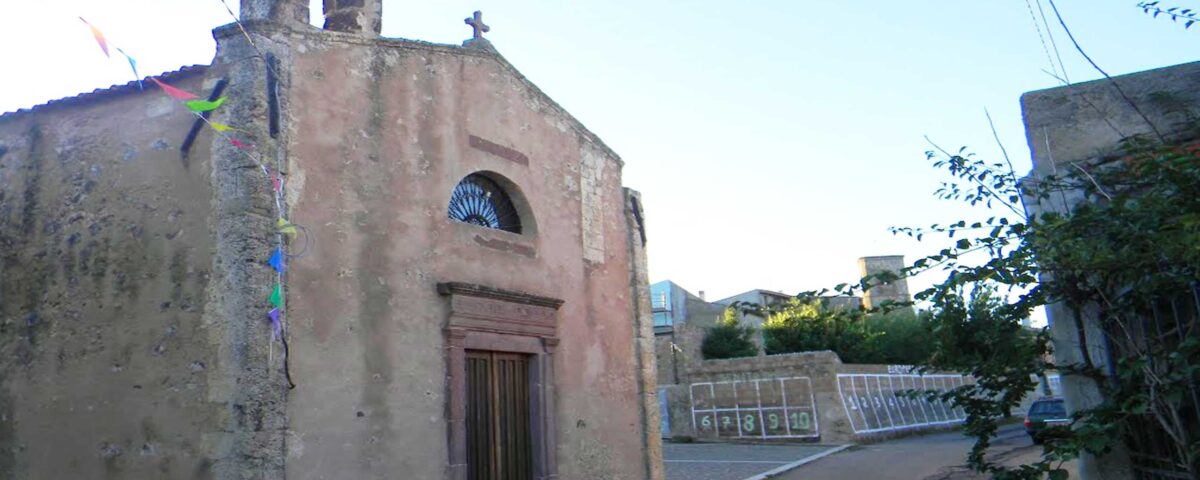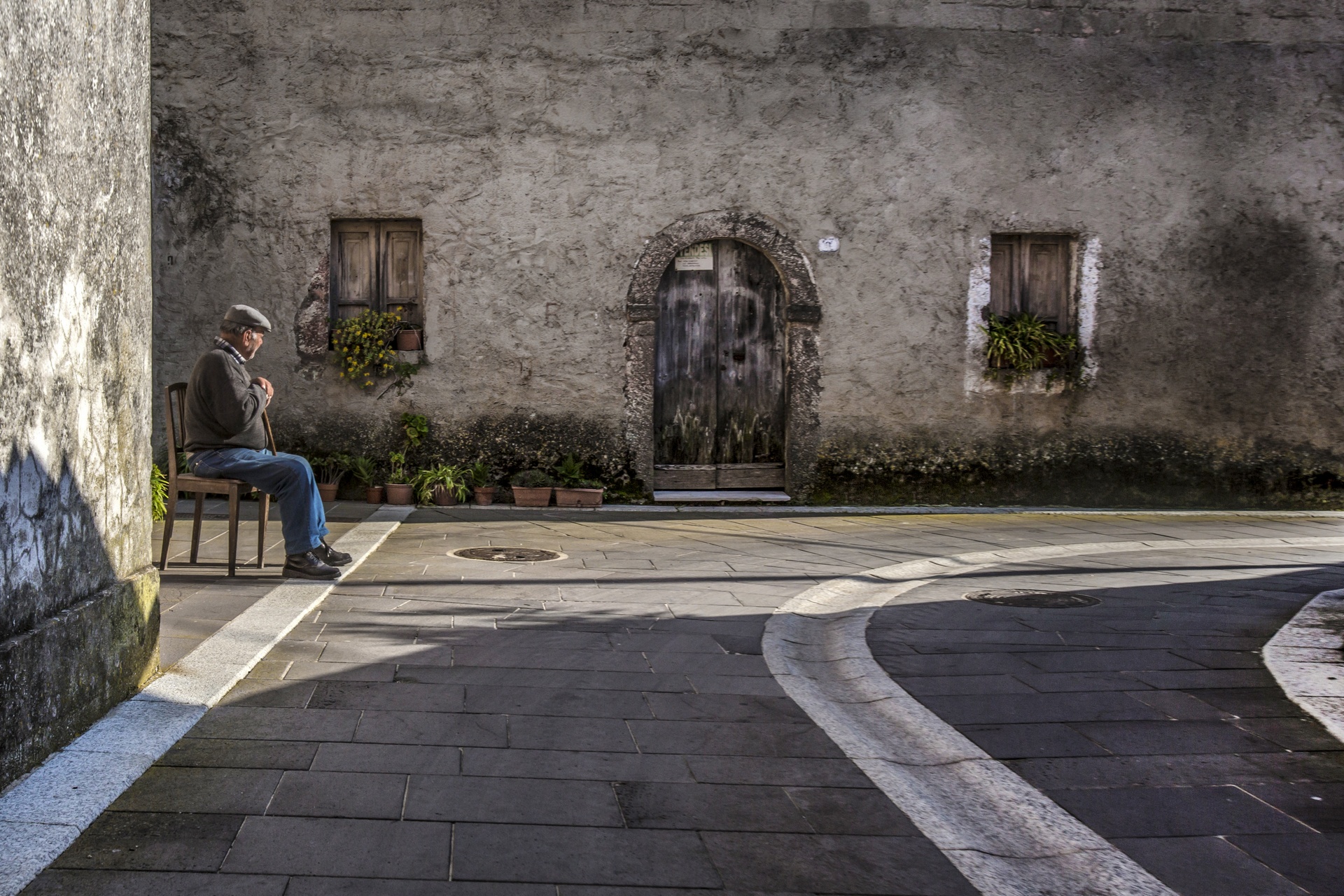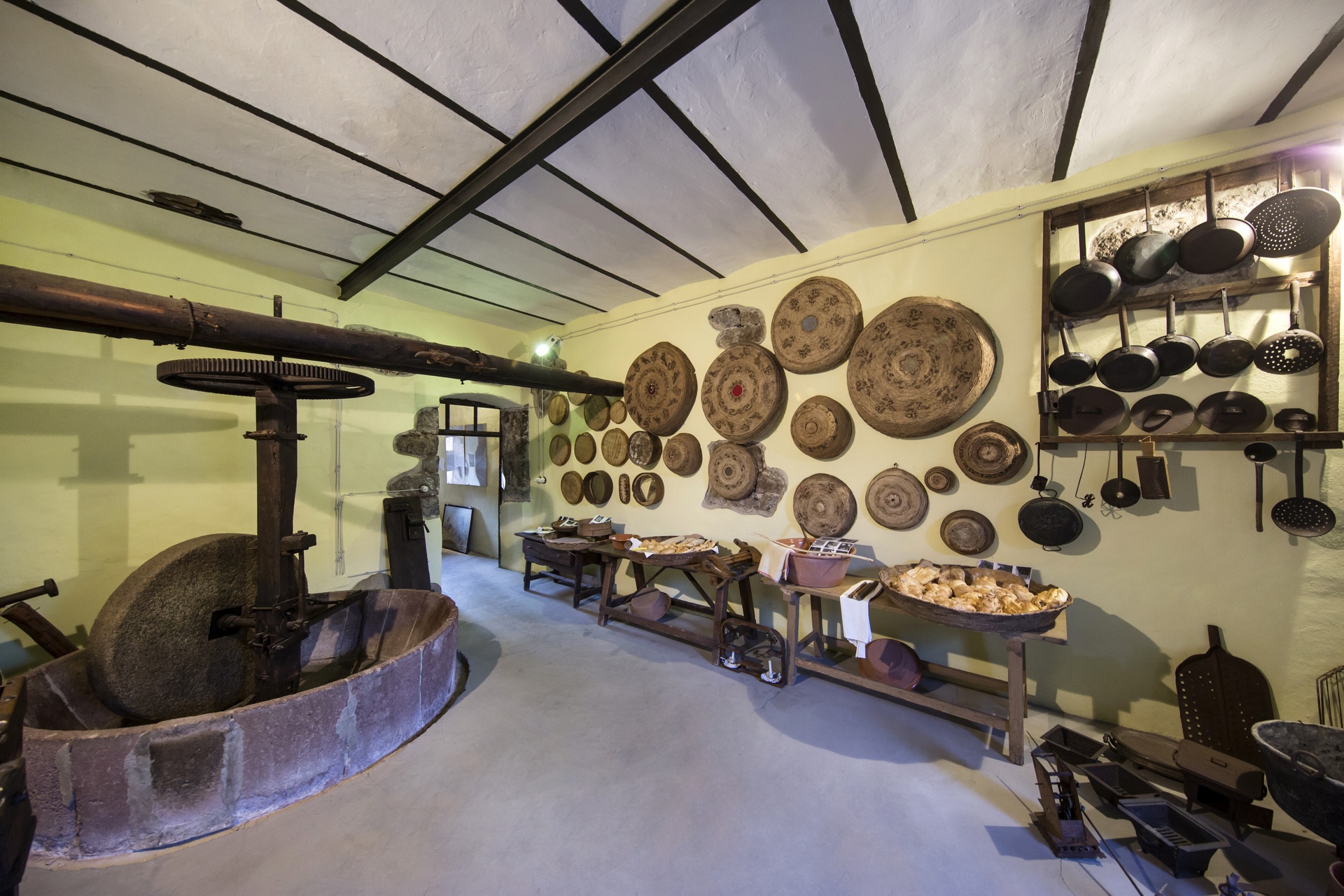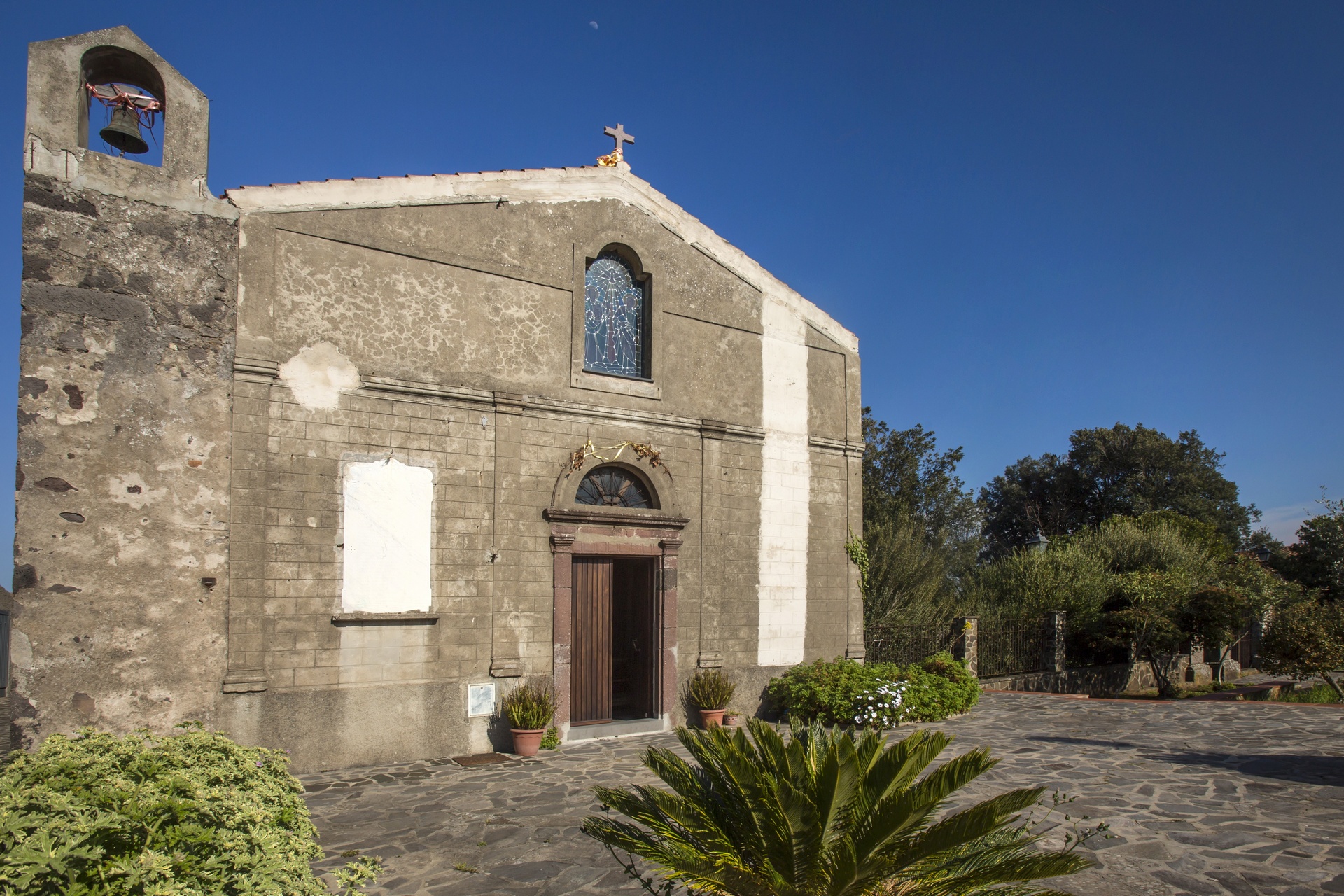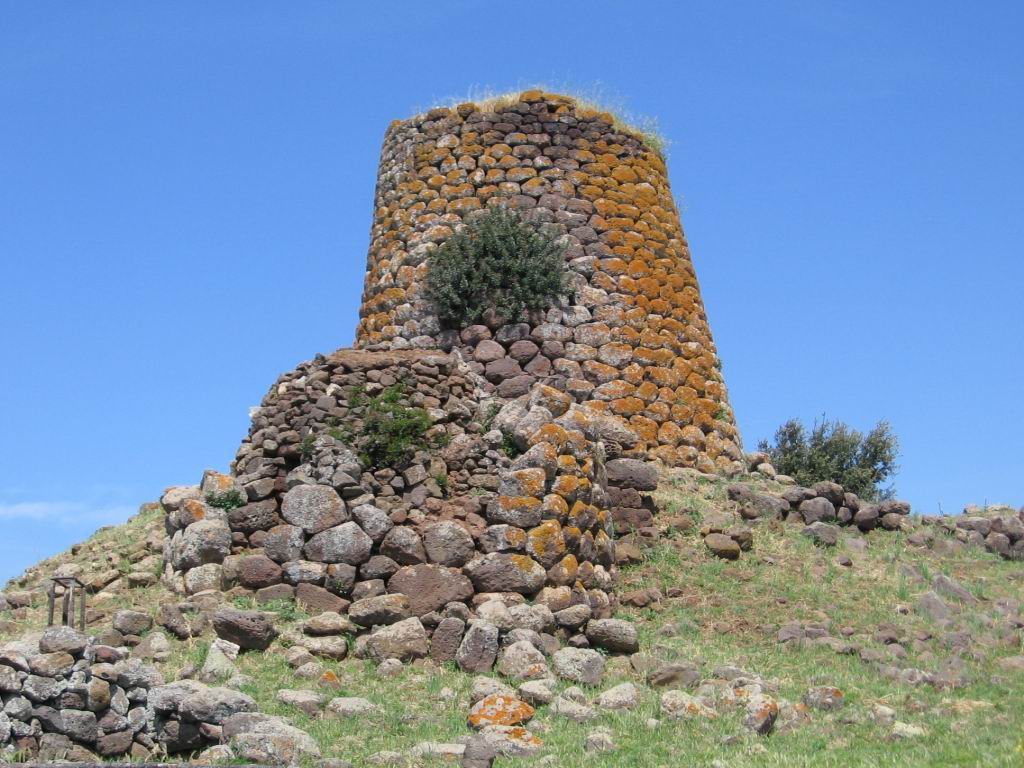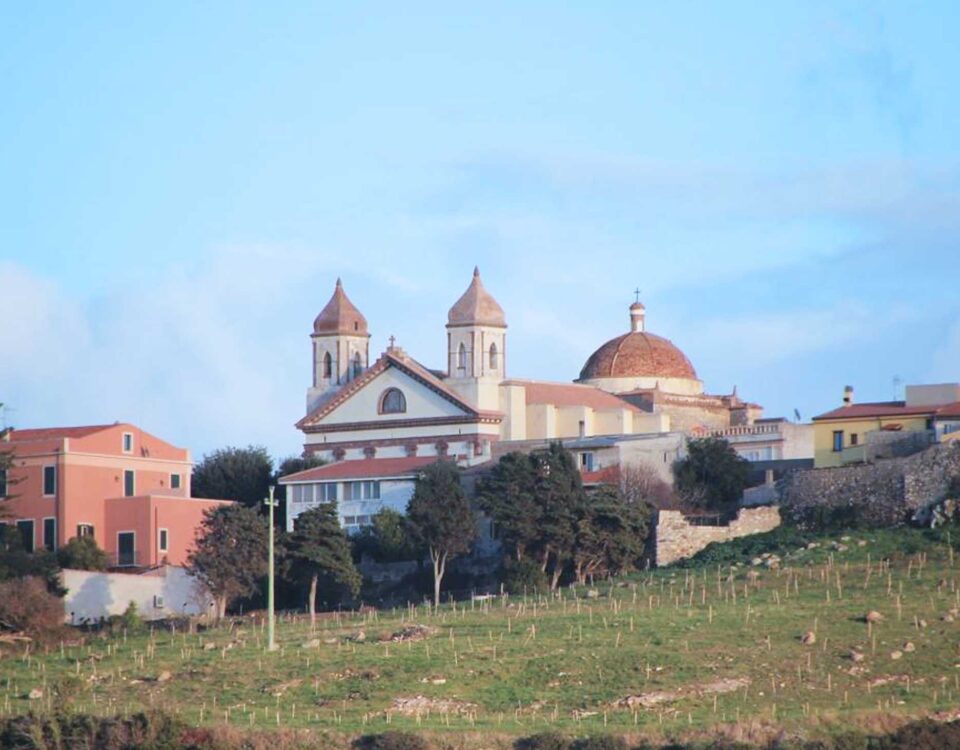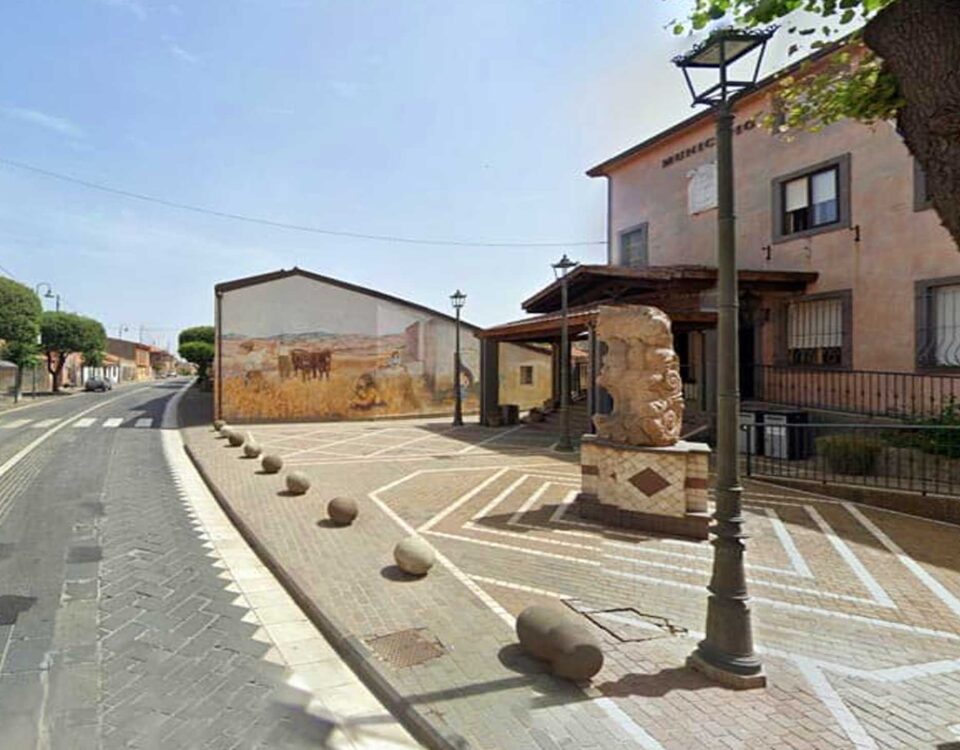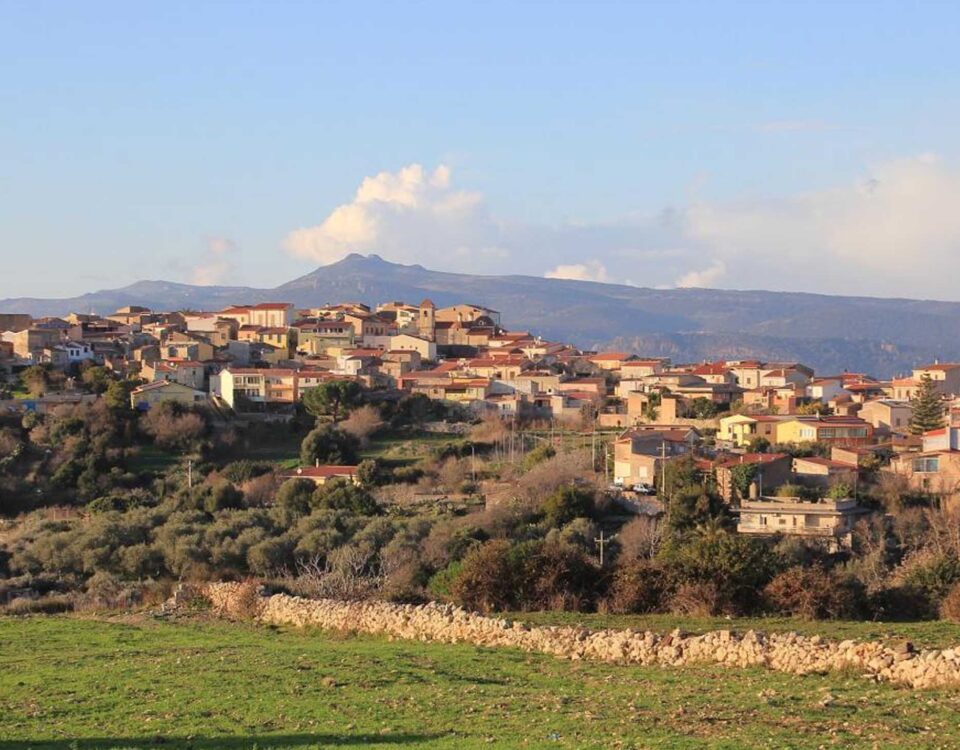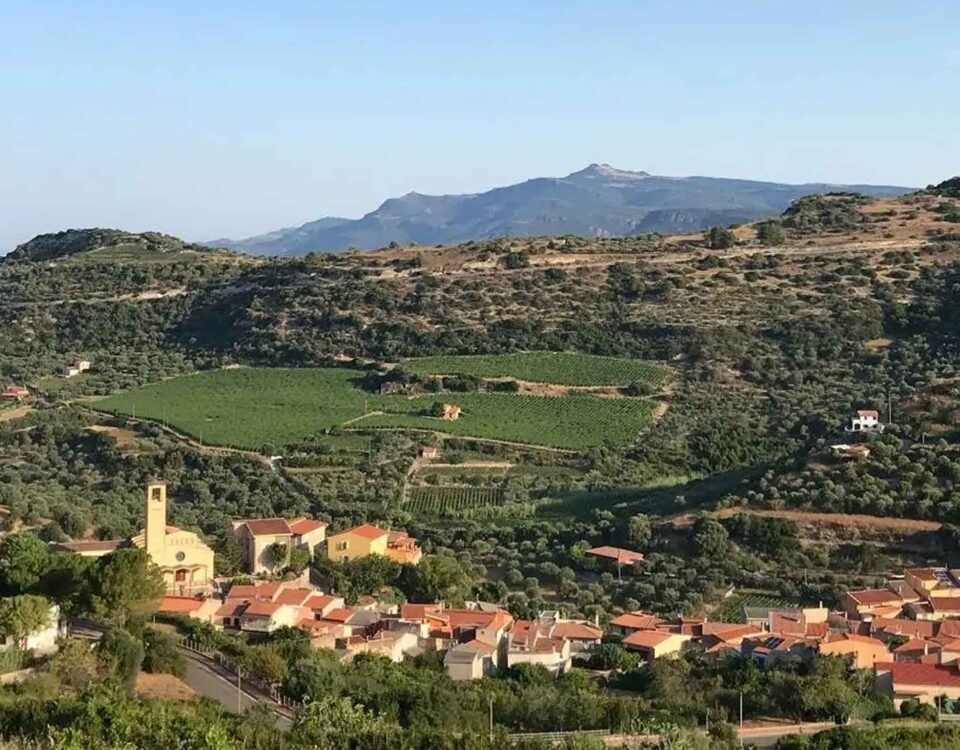
Municipality of Magomadas
28 March 2023
Municipality of Tinnura
28 March 2023It lies on the basaltic Planargia plateau, dominating the Modolo valley. Suni is a village of a little over a thousand inhabitants just a few minutes from Bosa, with which it participates in the Strade della Malvasia (Malvasia Roads): here you can taste the prized sweet wine. In the Middle Ages, the village first belonged to the giudicato of Torres and, after a brief passage under the Malaspina, to that of Arborea. The village developed around the church of San Pancrazio (15th century) and the parish church of Santa Maria della neve. The saint is celebrated in mid-May with processions, traditional songs and dances and an ardia. The patron saint is celebrated in early August with a folklore festival. At the end of June, there is the feast of Saint Narciso, in the charming country church dedicated to him, and at the end of September, Saints Cosmas and Damian are celebrated.
Next to the parish church, a house in the old town that has preserved its original architecture, has become the Tiu Virgiliu house-museum, a 'living' sign of 19 and 20 century popular culture. It preserves over a thousand objects, artefacts and machinery related to craft and agro-pastoral activities, including a shoemaker's workshop and weaving corner. A photographic exhibition recounts the pre-Nuragic and Nuragic sites of Suni and periodically you will find exhibitions on wheat processing and bread-making, traditional clothes and toys from the past.
According to legend, Suni is said to have originated from sa Idda Ezza (the old village), where Nuragic remains have emerged, including the Giants' Tomb of Chighentolu.
READ ALL
The village is located near a monastery of Cistercian monks dating back to the 12 century. In fact, the area around the village bears signs of even more ancient human settlements, since the Neolithic period. The most important prehistoric remains are preserved within the archaeological park of Suni, which includes the Seneghe protonuraghe, the Nuraddeo complex nuraghe and the domus de Janas of Chirisconis. Itis a rare case of a 'corridor' nuraghe that can be visited: dating back to the Copper Age (2400-1800 B.C.), it is located on a basaltic rock ledge. Various ceramics from the Roman period have been found around the monument. The Nuraddeo consists of a 16-metre high, well-preserved keep surrounded by a bastion of three towers.
Around it, the remains of a village are evident. The hypogeic necropolis of Chirisconis, excavated in the tufa, comprises 12 openings leading to single-cell or multi-cell burials: a total of 21 small rooms with traces of red paint on the walls and 'vestibule' access. Near the park shines the Pischina 'e Paule pond, inhabited by numerous animal species. From here you can venture on scenic nature trails through places where the griffon vulture nests.


